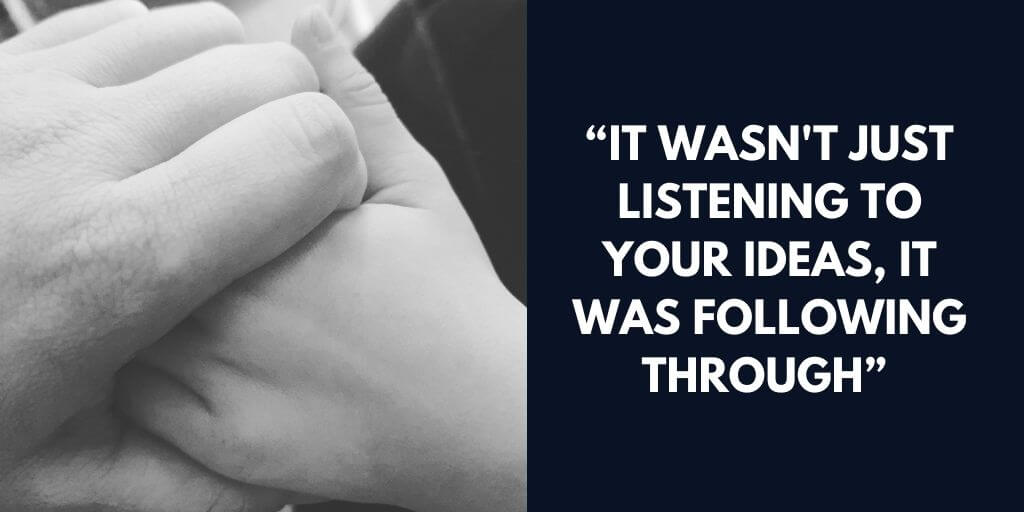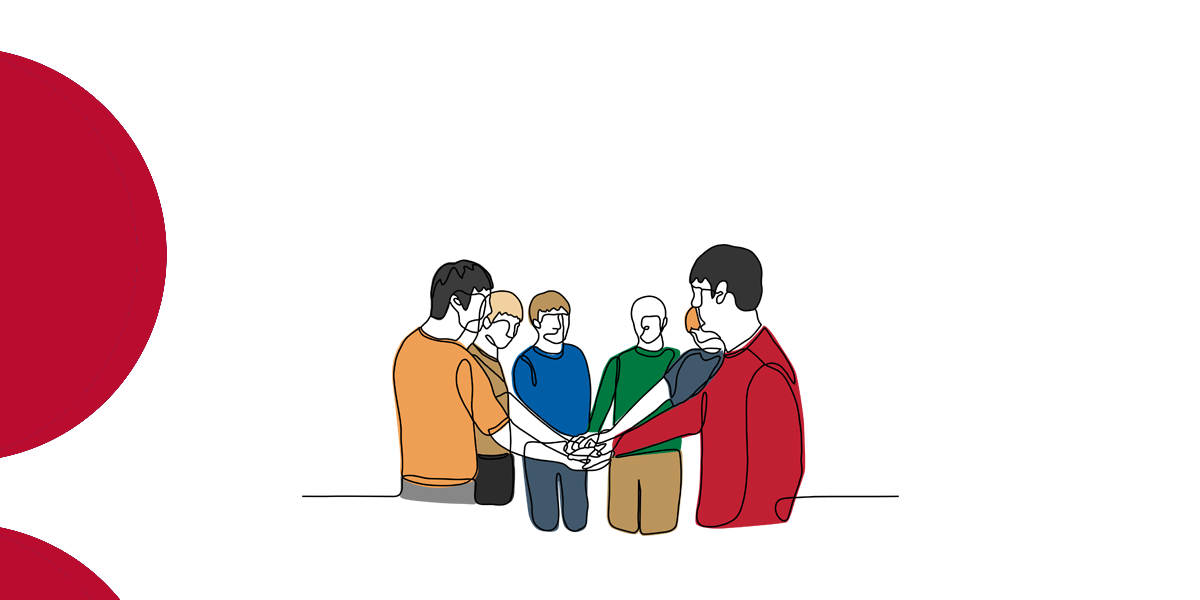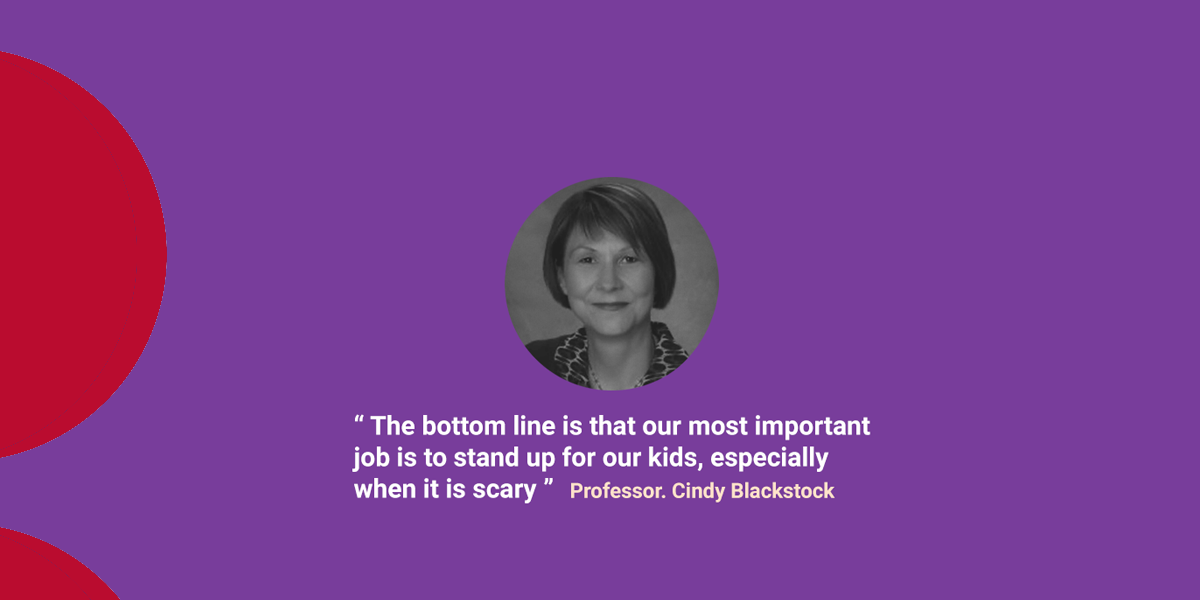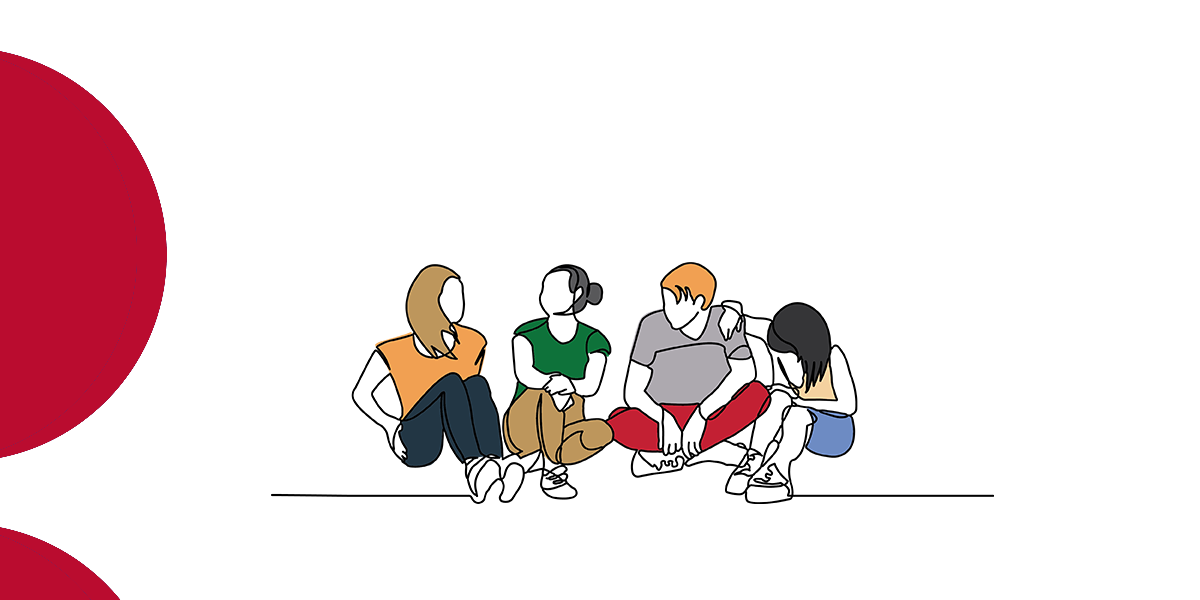What does voice and choice mean in Intensive Therapeutic Care?
Jul 2020
Written by Kelly Royds
Voice and choice can be an extremely difficult concept in Intensive Therapeutic Care to get right.
We know participation is a right, not a privilege, and we also know young people have tremendous capacity to heal and thrive in the context of warm, attuned, responsive and safe relationships. Equally being heard can enhance young people’s self-esteem and feelings of empowerment, benefit them psychologically and better ensures their needs are met. As Isaac’s Story demonstrates, consistent and safe relationships open the door towards increased self-esteem, capacity and future orientation.
But, facilitating young peoples’ voice and choice in residential care doesn’t exist in a vacuum. Participation is a multi-layered concept. It must be balanced with limit setting aligned to the young person’s evolving developmental abilities and needs.
As our recent Practice Guide: Finding the Balance Between Empowerment and Limit Setting explains, many of the young people we work with have long histories of instability and disruption in care with repeated experiences of relationships with adults who have sought to care for them ultimately ending – because their behaviour was ‘too challenging’. Attempts to exercise voice or choice may have resulted in further harm, and they have their own rules about how the world and relationships work that is the cumulative impact of that lived experience.
As such, young people’s readiness and willingness to have a voice and choice must walk hand in hand with the required rules, limits and consequences in place within the house.
So, what might voice and choice in Intensive Therapeutic Care mean from a young person’s perspective?
The below table provides some insights into what this might look like.

To see the full Voices and Choices in a Nutshell, visit the Department of Communities and Justice here.
It is critical to understand and support the capacity of young people to make good life decisions and avoid risk taking and unsafe behaviour. Provide them with opportunities to practice having a voice and making decisions within their developmental abilities. Look for meaningful ways in which young people can participate in the planning and running of the house. Support young people to develop plans and set goals for themselves in areas that they are interested in and motivated about.
Practice Reflections
- How can you create opportunities for young people to have a voice and make choices that you can tolerate/within safe boundaries?
- What do you do in your care and support of young people that provides them with validation about their strengths and capacities?
Please check out our recent Practice Guide: Finding the Balance Between Empowerment and Limit Setting for more.


















